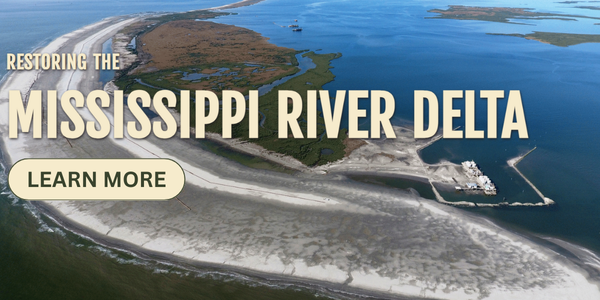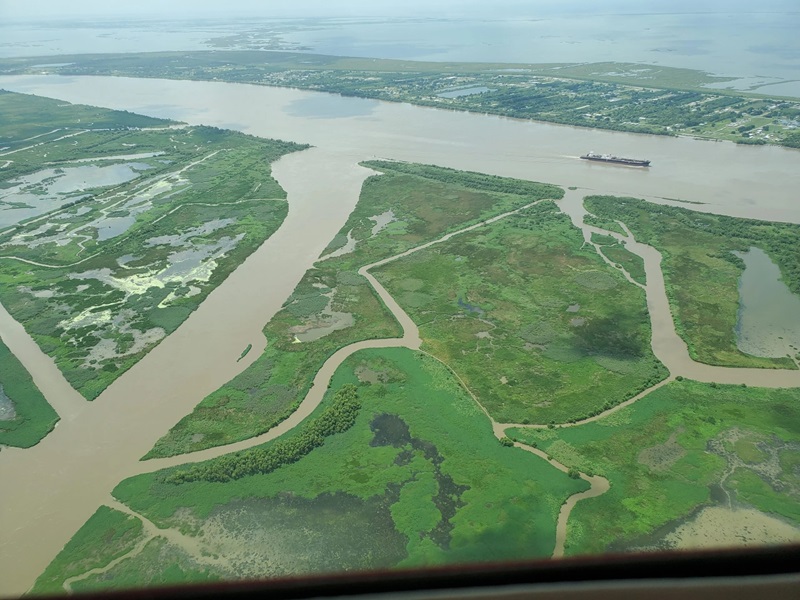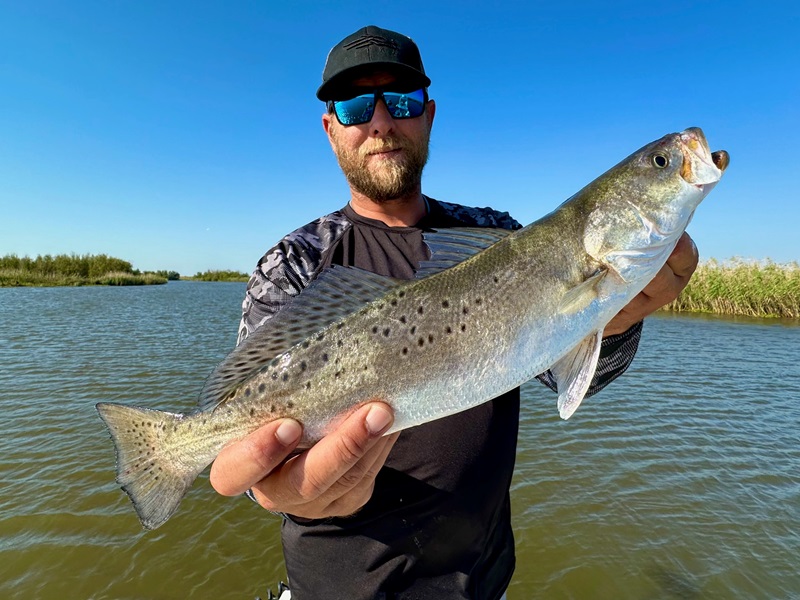A place where fish are caught, stories get bigger, and camaraderie runs deep
There’s no place I’d rather be during the month of September than in my home state of Oregon. For all 30 days, one can travel across the diverse geography, from the salty coast to the deep canyons of the Snake River, taking full advantage of the long, lingering summer light while attempting to fill the freezer in the company of good people with a bow or rod in hand. That’s why when I received an invitation to attend a salmon fishing event hosted by Work Sharp called ‘Fish Camp’ along the mighty Columbia River, I eagerly accepted.
Growing up outside of Astoria at the mouth of the Columbia, learning to fish for salmon was a rite of passage for any fledging angler. My dad was a local pastor, and since we didn’t have our own boat, I would beg him to use his large network of church members to get us on as many vessels as we could during the famed Bouy 10 fall chinook season.

Although I now live in central Oregon, I still try to salmon fish on the Columbia at least once a year. This year’s invite by Work Sharp to fish the river outside of The Dalles, Oregon, was going to be my only opportunity to bring home some bright orange salmon fillets, and as I drove across the Columbia plateau north from Madras, I was excited to get on the water.
We woke early the first morning and drove from The Dalles to just below Bonneville Dam where the winds were expected to be calmer to meet our guides for the day. Our guide, Dave Eng has been fishing these waters for over 45 years, and his easy-going confidence navigating the predawn light to where the fish had been biting gave us all upbeat spirits. Satisfied with the look of the water, Dave idled down and told us to toss out our flashers, weights, and Super Baits as we kicked into trolling mode. Minutes later, Kyle with Work Sharp hooked a fish. We netted the 15-pound hen and brought her into the boat, silvery sides reflecting various hues of grey in the overcast sunrise.
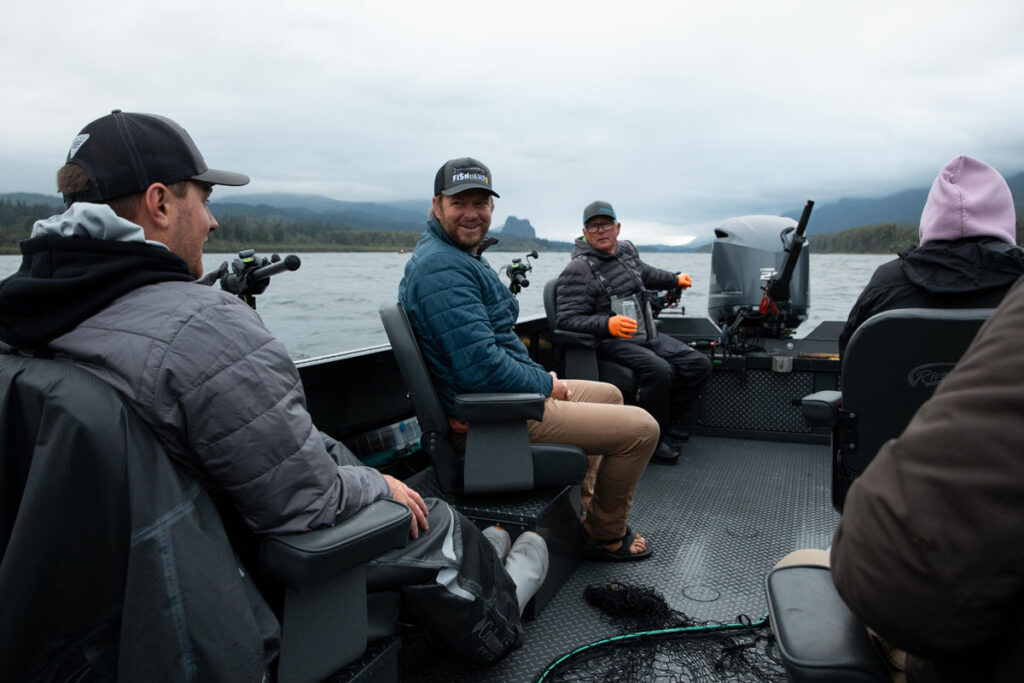
The morning passed easily. We were all engaged in conversations that were frequently interrupted by bent rods and the tell-tale nibble of upriver bright Chinooks. These fish travel hundreds of miles upstream through the now dam-regulated current of one of the largest and most productive salmon rivers in the world.
Historically, between 10-16 million salmon returned annually to the vast Columbia River System and its tributaries. Today, the returns rarely exceed 2 million, and we were lucky on this trip that the Chinook return in the fall of 2024 was a strong one. These fish are resilient, and billions of dollars have been spent in recent years restoring habitat within the basin to revive this abundant food source and economic engine that’s a key element of the Tribes and people who live in the Pacific Northwest. Conversations are still bustling in the halls of Congress and the many towns that rely on salmon in the PNW about how best to manage them into the future to ensure their abundance.

The Theodore Roosevelt Conservation Partnership is engaged in many public land planning processes that directly impact the salmon of the Columbia River System: whether that be through engaging in national forest management planning efforts to support updates to the Northwest Forest Plan or through engagement in national legislation on forest health to expand tools to help combat the effects of over a century of fire exclusion. According to a recent USFS threats analysis, the forests in the Pacific Northwest are rapidly changing due to warmer and drier weather and face high risks such as wildfire, insects, and disease. This past summer proved to be one of the largest wildfire seasons ever in Oregon, with more than 1,900 fires burning over 1.9 million acres in the state. The scale of these uncharacteristic wildfires aren’t good for salmon as they can result in warmer water temperatures and increased stream sediment in the headwaters where salmon spawn. The TRCP and our partners strive to champion policies that make habitat a priority on our public lands and waters, and just like the salmon, the work to conserve them is far ranging.
Back on the water, thanks to our guide Dave’s knowledge, we each had our one chinook on board and on ice before lunch and were back on the dock in time for an afternoon spent in conversation. The dialogue spanned topics from what type of scent to put on a lure, the angle a fillet knife needs to be in order to achieve maximum sharpness, and how to best barbecue a backstrap. I knew I was in good company.
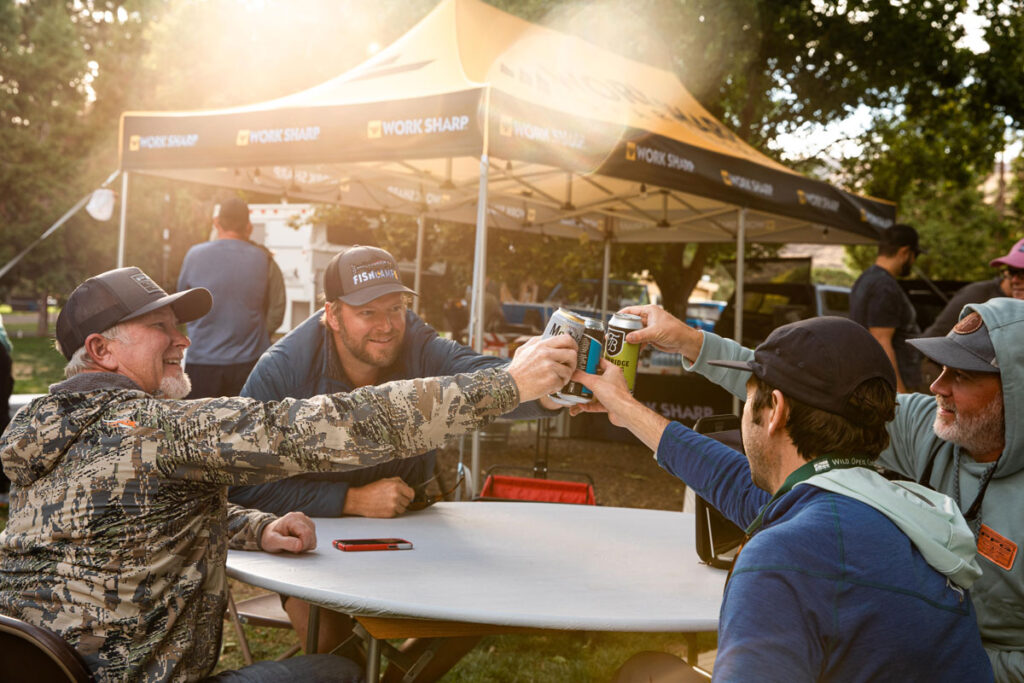
With the hectic pace our world brings to modern life, I was thankful to have been invited to spend a few days on the water where I used my phone for photos rather than emails and spent time laughing and swapping stories with people who are all in one way or another employed and inspired by the great outdoors and abundant natural resources, like the salmon we trolled for on the river.
Thanks to Work Sharp and the many brands for hosting this event and to the many guides and journalists who made time to attend. We all had the opportunity to put good gear to the test and remember why we are in this industry, whether as a guide, a journalist, a conservationist, or a brand marketing director. The comradery, the stories, and the fish caught all have me excited to return for Fish Camp in 2025.
Learn more about TRCP’s work in the Pacific Northwest HERE.
Fish Camp was attended by representatives of Work Sharp, Columbia PFG, Smith, CRKT, Whiteduck, Camp Chef, KLYMIT, Sea to Summit, and The Dalles Area Chamber of Commerce.
Photos courtesy of Work Sharp.

